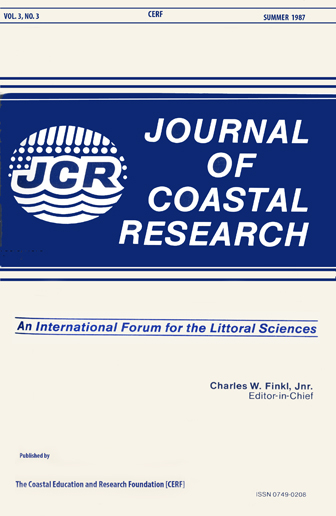A Note on the Controls of Beach Type and Change, with S. E. Australian Examples
Keywords:
Australia, beach change, beach prediction, beach type, dimensionless fall velocity, sediment size, wave height, wave periodAbstract
Microtidal sandy beaches consist of reflective, intermediate and dissipative beach types. Each type can be defined on the basis of wave-sediment characteristics, which in turn can be quantified by the dimensionless fall velocity Ω= Hb/WsT, where Hb is breaker height, Ws is sediment fall velocity and T is wave period. Beaches tend to be reflective when Ω= 1, intermediate when Ω= 1-6 and dissipative when Ω> 6. A graph incorporating the above three variables is presented which delimits both the threshold Ω values (1 and 6) and illustrates the range of wave-sediment conditions over which the different beach types can exist. Whereas the absolute level of Ω determines beach type, it is the temporal variability of Ω that causes beach change. Beaches remain relatively stable under high or low values of Ω (dissipative and reflective), but tend to continual change in association with medium values and intermediate beach types. Further because beach change takes time, beaches are often not in equilibrium with the prevailing Ω or wave conditions.


